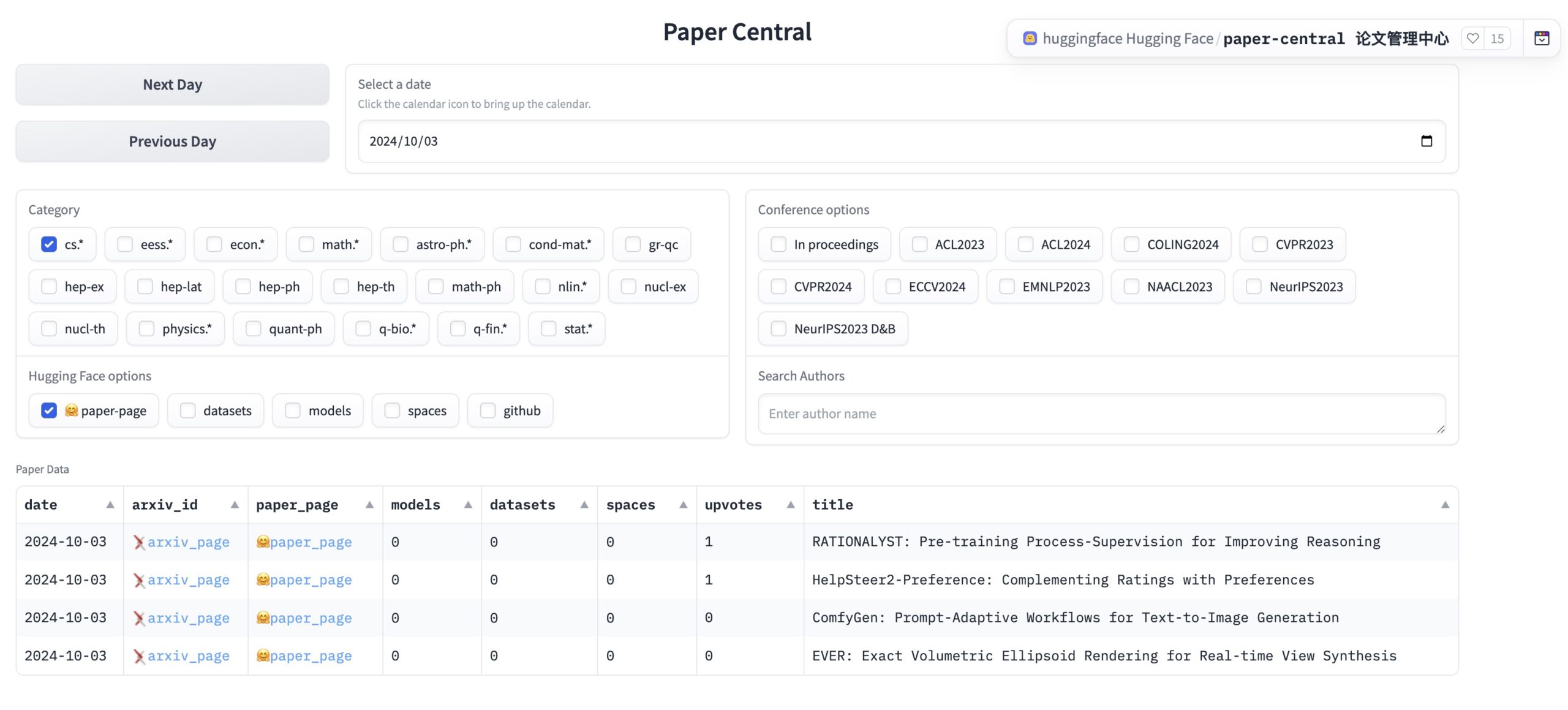Unlocking the Potential of GPT-3 Playground: Your Comprehensive Guide
Dive into the GPT-3 Playground, an extraordinary platform for experimenting with AI-driven language models. Discover features, setup guides, pricing details, and practical FAQs to optimize your exploration of natural language processing. Whether you’re a developer, researcher, or just curious, this guide has something for everyone!

GPT-3 Playground: A Comprehensive Guide
Table of Contents
Introduction
The GPT-3 Playground is an interactive platform designed to help users explore the capabilities of OpenAI's GPT-3 models. This playground allows developers, researchers, and enthusiasts to experiment with various prompts and settings, providing insights into how these large language models (LLMs) process and generate text. The platform is particularly useful for those looking to fine-tune their understanding of LLMs and their applications in real-world scenarios.
Features
User-Friendly Interface
The GPT-3 Playground boasts a user-friendly interface that makes it easy for anyone to input text and receive responses with minimal setup. This simplicity is crucial for both beginners and experienced users, allowing them to focus on experimentation rather than navigating complex systems.
Variety of Models
Users can choose from multiple LLMs, each with unique strengths and weaknesses. This variety enables tailored experimentation, allowing users to select the most suitable model for their specific needs. For instance, GPT-3.5 Turbo is optimized for chat and works well for traditional completions tasks, while GPT-4 models can handle multimodal inputs and generate text based on both text and images.
Real-Time Interaction
One of the most significant advantages of the GPT-3 Playground is its real-time interaction. Users can refine their queries and understand model behavior dynamically, making it easier to iterate and improve their prompts. This feature is particularly useful for detecting issues like hallucinations and capturing problematic token generation.
Customization Options
The platform offers various customization options, allowing users to fine-tune models or adjust parameters to achieve better results. For example, the logprobs parameter can be used to return log probabilities for each token in the output, helping users understand the model's confidence in its responses and identify potential issues.
How to Use
Setting Up Your Playground
To start using the GPT-3 Playground, you can follow these steps:
- Select a Model: Choose the LLM you want to experiment with. For beginners, GPT-3.5 Turbo is a good starting point due to its optimization for chat and traditional completions tasks.
- Input Prompt: Enter your prompt in the text box. You can start with simple queries and gradually move to more complex ones.
- Adjust Parameters: Experiment with different parameters like temperature and max tokens to see how the model responds.
- View Results: The platform will generate a response based on your input. You can view the results in real-time and refine your prompts accordingly.
Example Code Snippet
Here’s a simple example of how to interact with an LLM in a playground environment using Python:
import openai
# Initialize the OpenAI API client
openai.api_key = 'your-api-key'
# Generate a response from the model
response = openai.ChatCompletion.create(
model='gpt-3.5-turbo',
messages=[{'role': 'user', 'content': 'What are the benefits of using LLMs in industry?'}]
)
print(response['choices']['message']['content'])
This code snippet demonstrates how to set up a basic interaction with an LLM, showcasing the ease of use that many playgrounds aim to provide.
Pricing
The GPT-3 Playground is generally free to use, making it an excellent resource for students, researchers, and anyone looking to explore LLM capabilities without incurring costs. However, some advanced features or premium models might require a subscription or API key. It’s essential to check the specific pricing structure of the platform you are using, as it can vary depending on the provider and the features you need.
FAQ
Q: What is the logprobs parameter?
A: The logprobs parameter is used to return the log probabilities for each token in the output. This feature helps users understand the model's confidence in its responses and identify potential issues. For example, if the model classifies a query with less than 100% probability, you can automatically route it to a different branch or expand categories for more accurate classification.
Q: How can I detect hallucinations in my RAG-based systems?
A: You can use the logprobs parameter as a filter to evaluate retrieval accuracy. By setting a threshold, you ensure that only responses with a logprob close to 100% are considered reliable. If the logprob is lower, it indicates that the answer may not be found in the documents.
Q: What are some practical considerations when using free LLM playgrounds?
A: When using free LLM playgrounds, several practical considerations should be kept in mind. These include evaluating the performance metrics such as accuracy, speed, and scalability. Additionally, the usability features like user interface, customization options, and documentation are crucial. Community engagement and the availability of open-source models are also important factors to consider.
Q: Who can benefit from the GPT-3 Playground?
A: The GPT-3 Playground is useful for a wide range of users, including developers, educators, researchers, and hobbyists. Anyone interested in natural language processing, AI applications, or simply looking to understand LLMs can find value in the platform.
Q: Are there any limitations when using the GPT-3 Playground?
A: While the GPT-3 Playground offers many features, limitations may include restricted access to advanced models or throttling based on usage. Users should also keep in mind the quality of generated content and the potential for inaccuracies.
By leveraging the GPT-3 Playground, users can gain a deeper understanding of LLMs and their applications, making it an invaluable tool for anyone interested in natural language processing and AI development.


